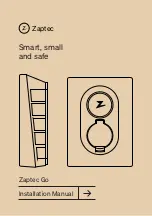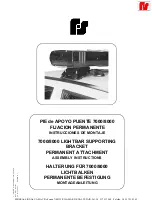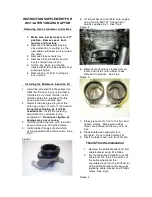
100-00-24
General Information
100-00-24
DESCRIPTION AND OPERATION (
CONTINUED
)
E853 EN
02/2001 2002 Bantam
Brake Testing
WARNING: When brake testing, avoid
breathing the smoke or fumes from hot
brakes, this may contain asbestos dust
which is hazardous to health,
see Health and Safety Precautions.
Avoid brake testing on busy roads where it can cause
inconvenience or danger to other road users.
CAUTION: Brake testing, which includes
heavy brake applications should not be
carried out with new brake pads/discs or
linings/drums until the components have
bedded-in. New brake friction components
will not reach full efficiency until the
bedding-in process is complete.
Test the brakes at several speeds within the normal
operating range using both light and heavy pedal
pressure. Note any tendency to snatch, pull or drag,
and any undue delay in application or release.
Allow the vehicle to coast and note any tendency to
pull to one side, or evidence that the brakes are
binding.
After stopping the vehicle (not immediately after a
period of heavy braking), carefully check the brake
temperature. A disc, which feels hot, or appreciably
hotter than the others, indicates that the brake is
binding.
After completion of the test, check for:
• Oil, coolant, hydraulic, air and fuel leaks.
• Abnormal temperature of any moving components
or assemblies, e.g. wheel hubs, transmission, axle
etc., which might indicate over tightness or lack of
lubrication.
















































